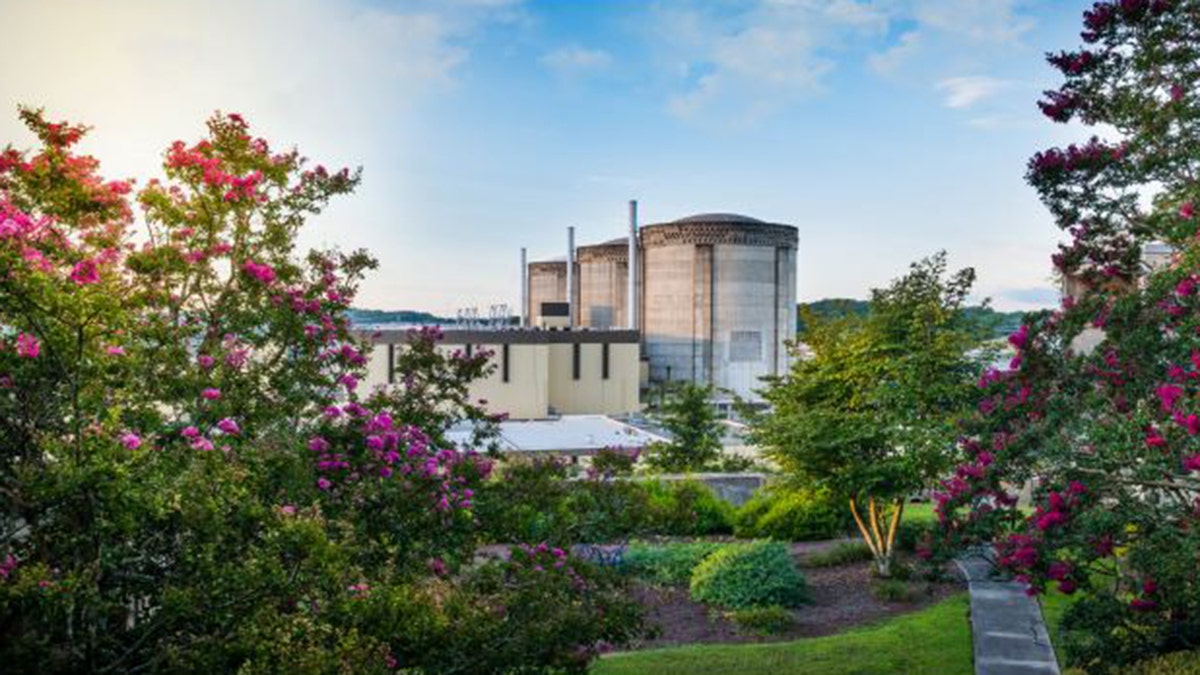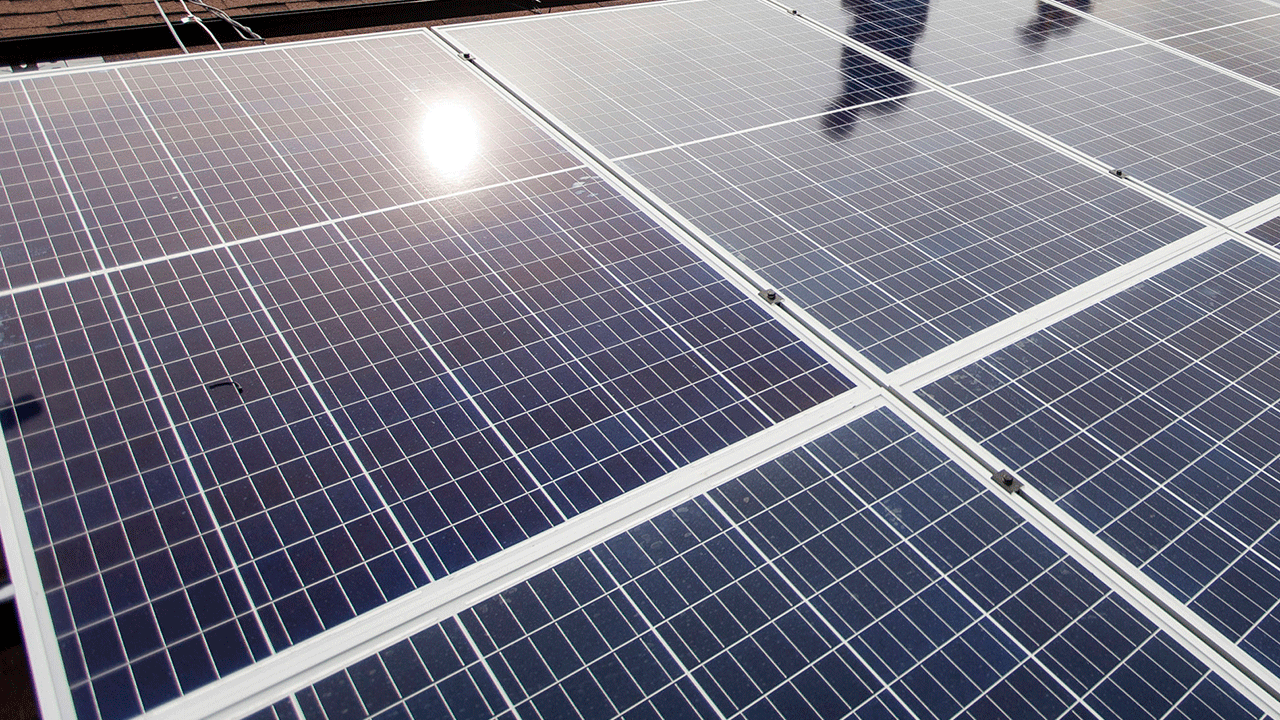Fox News Flash top headlines for January 4
Fox News Flash top headlines are here. Check out what's clicking on Foxnews.com.
American families and businesses rightfully expect their lights to stay on at a price they can afford. Our national energy policy must embrace this fundamental promise – or so you would think.
Unfortunately, our country is now confronted with a harsh reality – we are quickly approaching a point where there won’t be enough electricity to go around.
Sobering reliability assessments
The North American Electric Reliability Corporation (NERC) is the nation’s grid watchdog. For years, the organization has issued a string of increasingly dire reports warning that threats to grid reliability are mounting and more frequent rolling blackouts could soon become the norm.
BIDEN ADMINISTRATION URGED TO INCREASE ELECTRIC VEHICLE INFRASTRUCTURE
Nine states experienced rolling blackouts at the end of 2022 as demand for electricity outstripped supply during a period of extreme cold. In its 2023-2024 Winter Reliability Assessment, NERC warned that half of the nation faces the same risk during extreme weather this winter.

Duke Energy says Oconee Nuclear Station is one of the nation's largest nuclear plants, with three nuclear reactors. (Duke Energy)
Looking further into the future, the picture gets even more grim. Over the next five years, NERC forecasts that all or parts of 19 states from Montana to Louisiana are at high risk of rolling blackouts during normal peak conditions. And most of the country faces similar risk when demand for electricity spikes during exceedingly hot or cold temperatures.
Is this what America is supposed to be? The answer is obviously no.
How we got here
Keeping the lights on is not a partisan issue. But politics and energy policy have had an outsized impact on how we got here. The current state of our nation’s energy policy related to electricity can be summed up simply: Do more with less.
That’s just not possible. From data centers to EVs, from home heating and cooling to the way we run America’s farms, our nation is increasingly reliant on electricity to power the economy. That trend is set to grow dramatically in coming years.
And opposite to that increasing demand for electricity is an alarming reduction in supply as our country shutters existing always available power plants to comply with various federal and state regulations. PJM, a grid operator throughout the mid-Atlantic, recently projected that 25 GW of power generation, enough to power nearly 19 million homes, will soon be taken offline in the region because of shortsighted state and federal policies.
The final challenge to meeting our nation’s energy needs is the arcane set of rules and regulations required to build anything in this country. The process for siting, permitting and building infrastructure - everything from solar farms to pipelines to transmission lines – is mired in red tape and years of litigation.
Additional threats on the horizon
These trends are not going to get any better in the coming years. The EPA recently proposed a rule to overhaul the way always-available power plants operate – requiring them to either deploy carbon capture technology or run on clean hydrogen in seven years.
The proposal is unlawful because it violates the Clean Air Act by requiring cost-prohibitive technology to be deployed that has not been adequately demonstrated and is not achievable. Furthermore, the proposal will lead directly to more blackouts, higher costs and uncertainty for America. That’s a dangerous approach to regulation.

Solar panels line the roof of Harmony House as part of a project by Solar Holler in Huntington, W.V. (Sholten Singer/The Herald-Dispatch via AP, File)
And the tale of this administration’s disregard for the importance of reliable electricity doesn’t end there.
CLICK HERE FOR MORE FOX NEWS OPINION
In November, the Biden administration made a secret deal setting the stage to breach four dams on the Lower Snake River. This backroom deal jeopardizes reliable electricity for millions of Americans in the Pacific Northwest. It also reveals a misplaced desire to undermine our nation’s essential portfolio of carbon-free hydroelectric resources without considering the cost.
An antidote to the problem
We must have a serious policy conversation in this country about where we’re going and what it will take to realistically get there. Policymakers cannot overlook the laws of physics or the reality of the current situation.
Adding more renewable resources to the nation’s energy portfolio can be part of the solution. But since the wind doesn’t always blow and the sun doesn’t always shine, our country also needs a robust supply of always available energy resources to call on at a moment’s notice.
Keeping the lights on is not a partisan issue. But politics and energy policy have had an outsized impact on how we got here. The current state of our nation’s energy policy related to electricity can be summed up simply: Do more with less.
Any long-term solution requires policymakers to recognize the need for time, technology development and new transmission infrastructure. These are essential ingredients for an energy future that prioritizes reliable electricity for all consumers.
CLICK HERE TO GET THE FOX NEWS APP
The grid can be strengthened, but it will take greater coordination among stakeholders, visibility of how demand for electricity is growing, and federal and local policies that promote the development of new power generation and transmission.
Keeping the lights on is vital to America’s economy and national security. The stakes are too high to get this wrong.










































